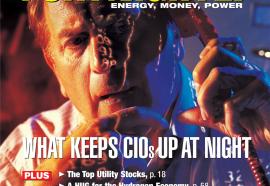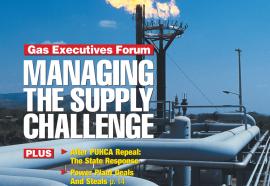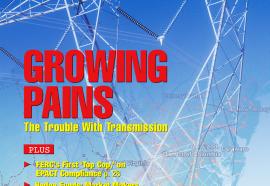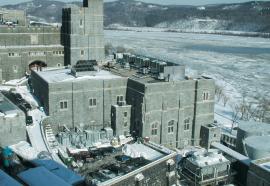Building a Risky Business
The diversity in customers’ appetites should be considered by more utilities when pricing products.
Does the volatility of the customer’s energy cost create much concern regarding the impact on the customer’s core business? One customer may be very comfortable taking on significant electricity cost risk to obtain electricity price and subsequent bill concessions. Another may be willing and anxious to pay a premium to accept less electricity cost risk than normal. Both of these customers, and all the customers in between, should be offered products that fit their needs, and these products should be priced upon sound risk fundamentals.










